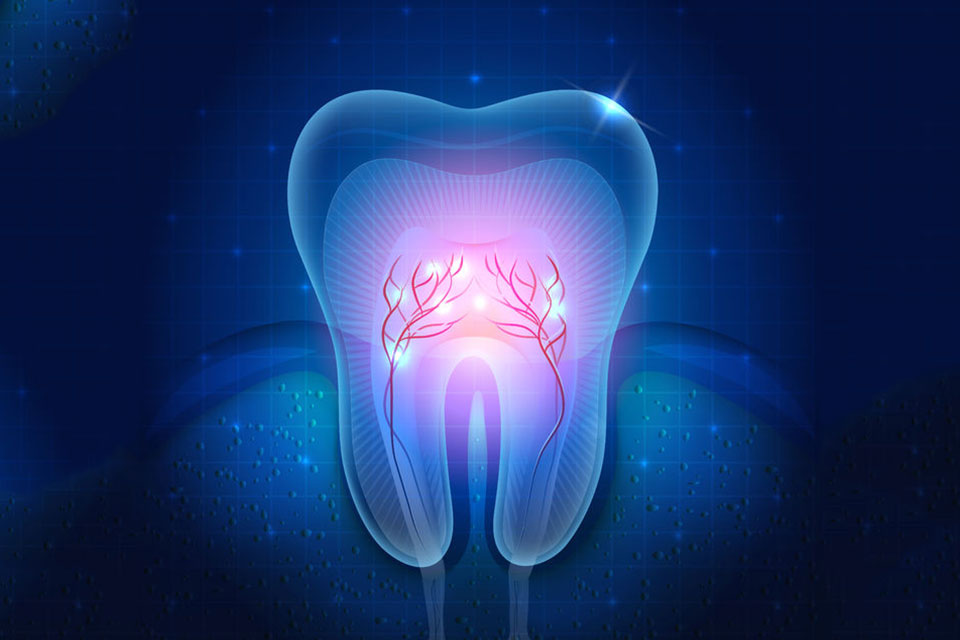Endodontic Retreatment

Endodontic Retreatment
With the appropriate care, your teeth that have had endodontic treatment will last as long as other natural teeth. Occasionally, a tooth that has received endodontic treatment may fail to heal or pain may persist. Sometimes, the pain may occur months or years after treatment. If so, endodontic retreatment may be indicated.
Improper healing may be caused by:
- Curved or narrow canals were not treated during the initial treatment.
- Complicated canals went undetected during the initial treatment.
- procedural accidents such as broken instruments in the canal or root perforations.
- The crown or restoration was not placed within the appropriate amount of time following the procedure.
- The crown or restoration did not prevent saliva from contaminating the inside of the tooth.
- Persistent infection irrespective of the quality of the existing root canal treatment.
In some cases, new problems can influence the healing of a tooth that was successfully treated:
- New decay can expose a root canal filling material, causing infection.
- A cracked or loose filling or crown can expose the tooth to new infection.
Once retreatment has been selected as a treatment option, the doctors will re-enter your tooth to gain access to the root canal filling material. This filling material will then be removed to enable access to the root canal system. After removing the existing root canal filling material, the canals are cleaned and carefully examined using magnification and illumination via the surgical operating microscope. Additional canal(s), unusual anatomy, instrument fragments, or previous perforations that require treatment can be properly visualized and specially managed at that time. The canal(s) are then sealed with a sterile, inert material to prevent bacterial recontamination and a temporary filling is placed in the access cavity of the tooth. If, during the course of treatment, the endodontist feels that the prognosis may not be ideal due to blocked or narrow canals, then periapical microsurgery (apicoectomy) may be recommended. Retreatment cases are more challenging than initial treatment. An endodontist has additional years of training with specialized procedures and technologies, which improve the prognosis and allow a tooth to be returned to health and retained in the mouth for many years.

